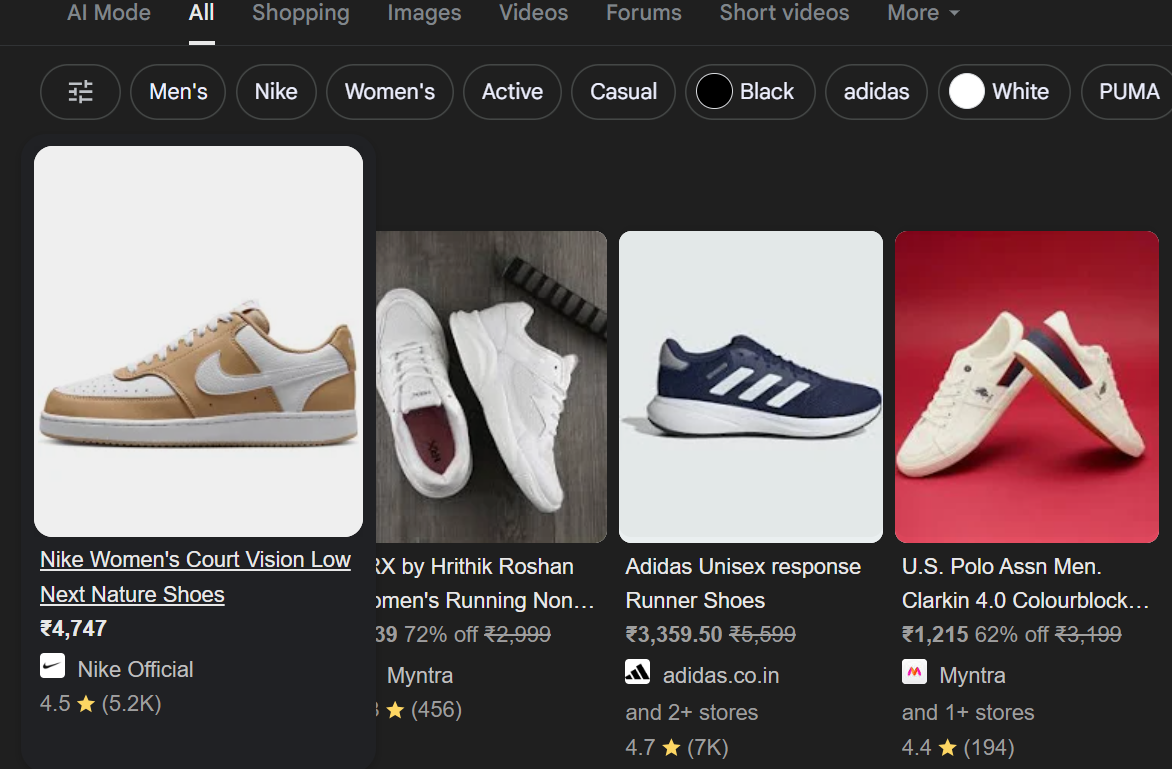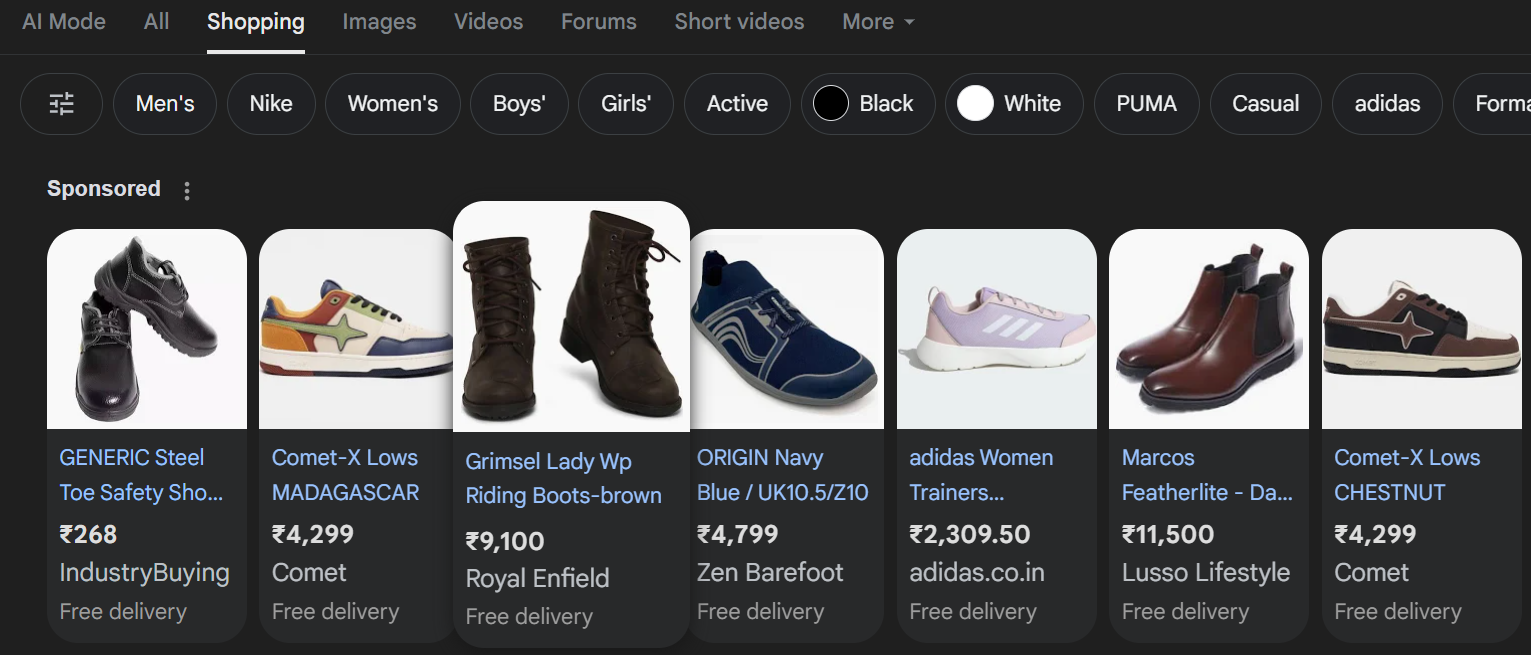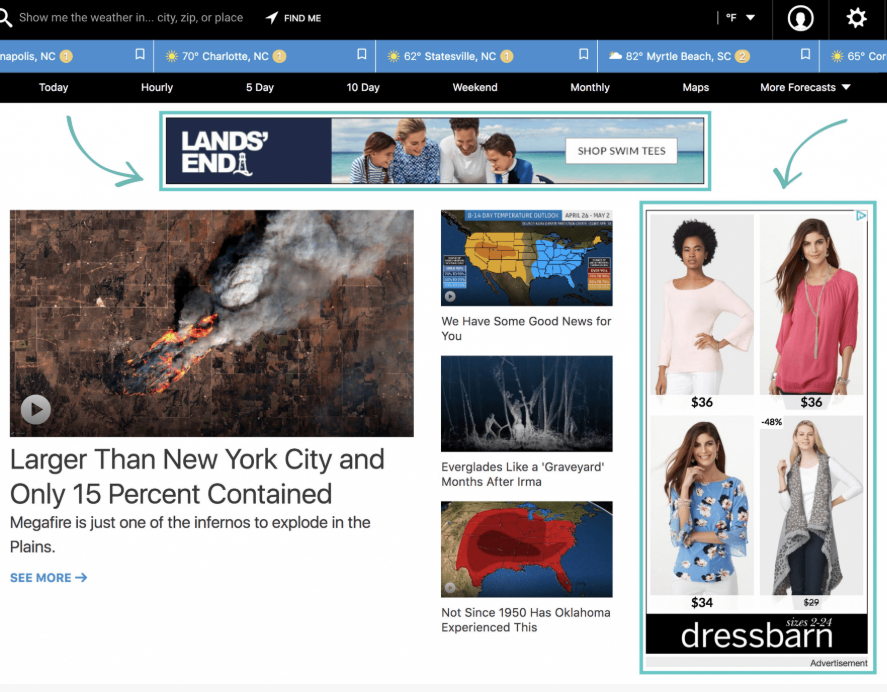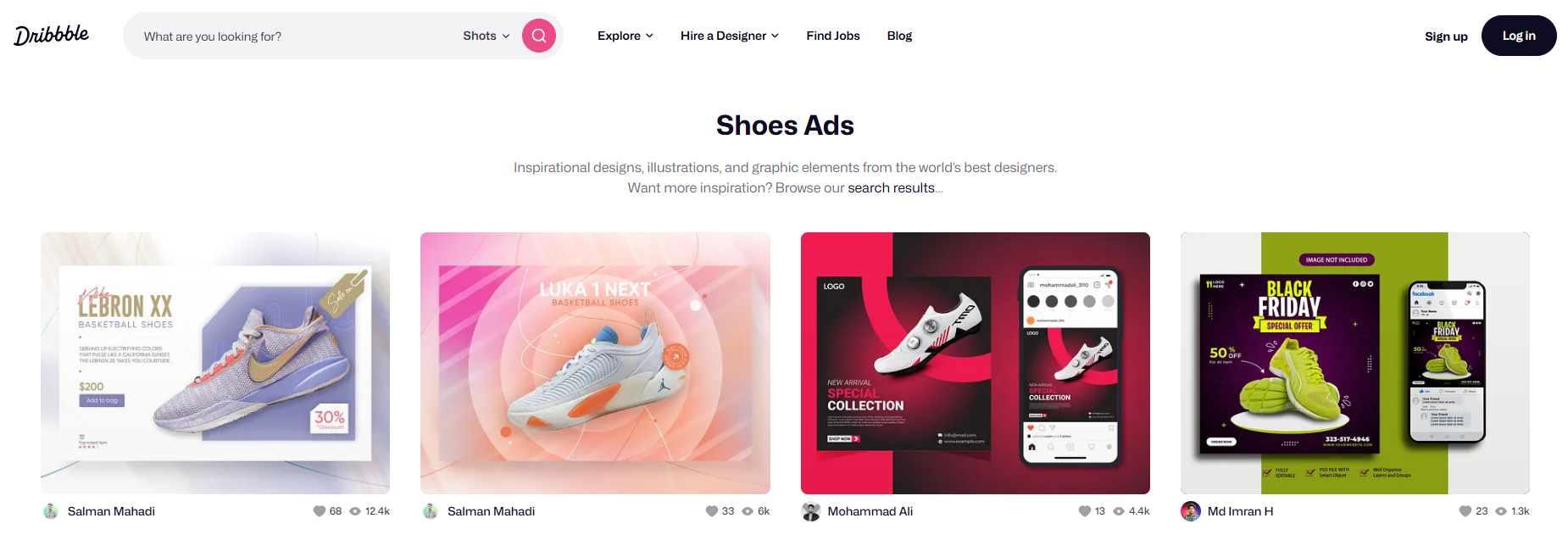What Is a Product Listing Ad (PLA)?
Discover how Product Listing Ads (PLAs) put your products front and center for ready-to-buy shoppers. Learn why PLAs dominate Google paid clicks and how simple steps can boost your sales and save ad costs. Perfect for any online store looking to grow!


When you shop online and see a scrollable row of products right at the top of Google, complete with images, prices, and brand names, you look at a Product Listing Ad.
PLAs are visually rich, keyword-targeted ads designed specifically for online retailers. Unlike traditional text ads, PLAs showcase your product image, title, price, store name, and more, directly in search results or across shopping platforms like Google Shopping.
Key takeaways
- Product Listing Ads (PLAs) show your products with images, prices, and brand names in Google search results and shopping sites. This helps shoppers ready to buy see your products easily.
- PLAs get about 65% of all Google paid clicks in retail. This means they are very important for online stores.
- Good PLAs have clear product titles, sharp images, fair prices, updated stock, and needed details like shipping and reviews.
- PLAs appear on Google Search, Google Shopping tab, Google Display Network, and partner sites like Walmart and Target.
- To make PLAs, you create a Google Merchant Center account, upload your product list, link to Google Ads, and run Shopping campaigns.
- Check your product list often, try different images, and watch your ad results. This helps your ads work better and save money.
Why product listing ads matter?
PLAs are all about show, not tell. Did you know that according to the Merkle Digital Marketing Report, 65% of all Google paid clicks now go to Shopping ads? They have become a go-to format for e-commerce brands.
They put your product directly in front of high-intent shoppers who are already search for items like yours. That means better clicks, higher conversions, and a more efficient ad spend.
Where do product listing ads appear?
The product listing ads appear in:
Google Search: At the top of the page, above organic results.

Google Shopping Tab: In dedicated shopping search results.

Display Network: Across websites and YouTube, often as dynamic remarketing ads.

Partner sites: In places like Walmart or Target, these listings are available when using Google’s merchant network.

What makes a great PLA?
In today’s competitive e-commerce landscape, Product Listing Ads (PLAs) are critical tools to capture consumer attention and drive conversions. Studies show that PLAs account for over 75% of retail search ad clicks and prove their effectiveness to influence purchase decisions. Though not all PLAs perform equally well, the difference lies in how well your product information resonates with shoppers and meets their expectations.
To maximize the impact of your PLAs, focus on these key elements that have been shown to improve click-through rates, conversion rates, and overall return on ad spend (ROAS):
- Clear product titles-be specific. Instead of “Running Shoes,” write “Men’s Running Shoes – Nike Air Zoom Pegasus 41.” Include key terms people search for.
- High-quality product images. Use clean, sharp images with a white background or lifestyle photos that show the product in use. Avoid clutter.
- Competitive, honest pricing. Shoppers compare at a glance. Make sure your pricing is compelling and matches what’s on your site.
- Up-to-date inventory. Don’t show ads for products that are out of stock. It hurts trust and wastes budget.
- Optimized product feed. Your data feed should be organized, complete, and include key attributes like brand, size, color, and GTIN. A clean feed helps Google match your products with the right searches.
- Product availability and shipping info. Include estimated delivery times, shipping costs, or return policies where possible. Transparency builds trust.
- Review ratings. If you have good product reviews, include them. Ratings can improve click-through and conversions.
How do you set up product listing ads?
Below is the simplest way to set up PLAs:
- First, create a Google Merchant Center account.
- Now, upload your product feed (CSV, XML, or via API).
- Link Merchant Center to your Google Ads account.
- Then, launch a Shopping campaign inside Google Ads.
- Finally, group products by brand, price, category, or custom labels.
- You can track performance using Google Ads conversion tracking and Analytics.
Need help with creatives? Tools like Cropink help you design scroll-stopping visuals for PLAs and dynamic ads across large catalogs.
Examples of product listing ads in action
Someone searches for “wireless headphones” and sees image ads from Sony, JBL, and Bose—complete with price, rating, and quick links to buy.
A shopper leaves your site without buying. Later, they scroll YouTube and see a carousel ad showing the exact products they viewed.
And that’s it!
PLA tips for better results
- Use custom labels to flag bestsellers, promotions, or seasonal products.
- Test different product images to see which ones get more clicks.
- Keep your product feed clean and fix disapprovals promptly.
- Review search terms that trigger your ads, and then tweak titles or bids to align better.
- Monitor performance by category or product group to optimize spend.
Final thoughts
Product Listing Ads put your catalog in front of the right people at the right moment. They shorten the buyer journey that give shoppers the details they care about upfront.
If you are an e-commerce brand that looks to drive sales and reduce wasted ad spend, PLAs are a must. Simply, combine a strong product feed that has compelling visuals, and you are well on your way to dominating the digital shelf.
Sources
- Numberanalytics. 8 Ways Google Shopping Feed Elevates Your Ad Campaigns
- Marketingcharts. Google PLA Conversion Rates Are 30% Higher Than Comparable Text Ads on Desktops

Manisha is a Data-Driven Marketing Expert who turns numbers into narratives and ad clicks into conversions. With a passion for performance marketing and a sharp eye for analytics, she helps brands cut through the noise and maximize their impact in the digital space.

Leszek is the Digital Growth Manager at Feedink & Cropink, specializing in organic growth for eCommerce and SaaS companies. His background includes roles at Poland's largest accommodation portal and FT1000 companies, with his work featured in Forbes, Inc., Business Insider, Fast Company, Entrepreneur, BBC, and TechRepublic.
Related Articles
Creating a successful ad campaign is a science, not a gamble. This comprehensive 8-step guide provides the framework you need to launch your first profitable ad and continuously optimize for maximum return.

Discover how to tap into Facebook Messenger’s 947 million users in 2026. Learn how Messenger ads drive real engagement by starting direct conversations—right where your audience is already active.

Find out how Revolve, Uniqlo, and other top apparel brands convert customers with clothing ads. We examine 9 examples and show you how to apply the same strategies to your apparel store.

Wondering what PMax campaigns are? Learn how Google’s fully automated ad campaigns use machine learning to boost conversions by up to 39% and lower CPA by 75%. See how PMax works across Search, Shopping, YouTube, and other major Google platforms in one campaign.

Without ad intelligence, every campaign you put out is a coin toss. Learn how ad intelligence works and why it’s a must-use for anyone who wants profitable advertising.

That product you looked at once is now everywhere you scroll. It's not a coincidence. This guide shows you how retargeting works, why businesses depend on it, and the steps you can take to stop ads from following you around.

Facebook raked in $164.5B in ad revenue in 2024—but are your ads pulling their weight? Discover the Facebook ad metrics that truly matter (CTR, CPC, ROAS) and learn how to optimize for real results, not just likes and shares.

Discover 16 of the best fashion ad examples from 2025, in a global market worth $1.84 trillion with over 2.8B users projected by 2029. Learn why these campaigns work — from cinematic minimalism to social-first UGC — and how to apply the same strategies to make your ads stand out.

Targeted ads double conversion rates by using AI, real-time tracking, and your data. See how it works—and how privacy laws are changing it.

Master the 12 essential digital ad types for 2025—learn which formats drive conversions, recover lost leads, and match your goals to your audience’s behavior. Avoid wasted budget and boost ROI with smart ad choices.

Are display ads still worth it in 2025? With Google Display reaching 90% of users and retargeting boosting conversions by 70%, the answer isn't so simple. Discover when display ads deliver real ROI—and when they don’t.

Brands love to get clever with their messaging, but sometimes, that cleverness crosses into manipulation. We break down 10 common advertising fallacies big brands use to sway you. You'll see real examples, learn why they work, and decide if you'd ever dare to use them yourself.

How Can Cropink Help?
Start with Cropink is easy and free
No credit card required